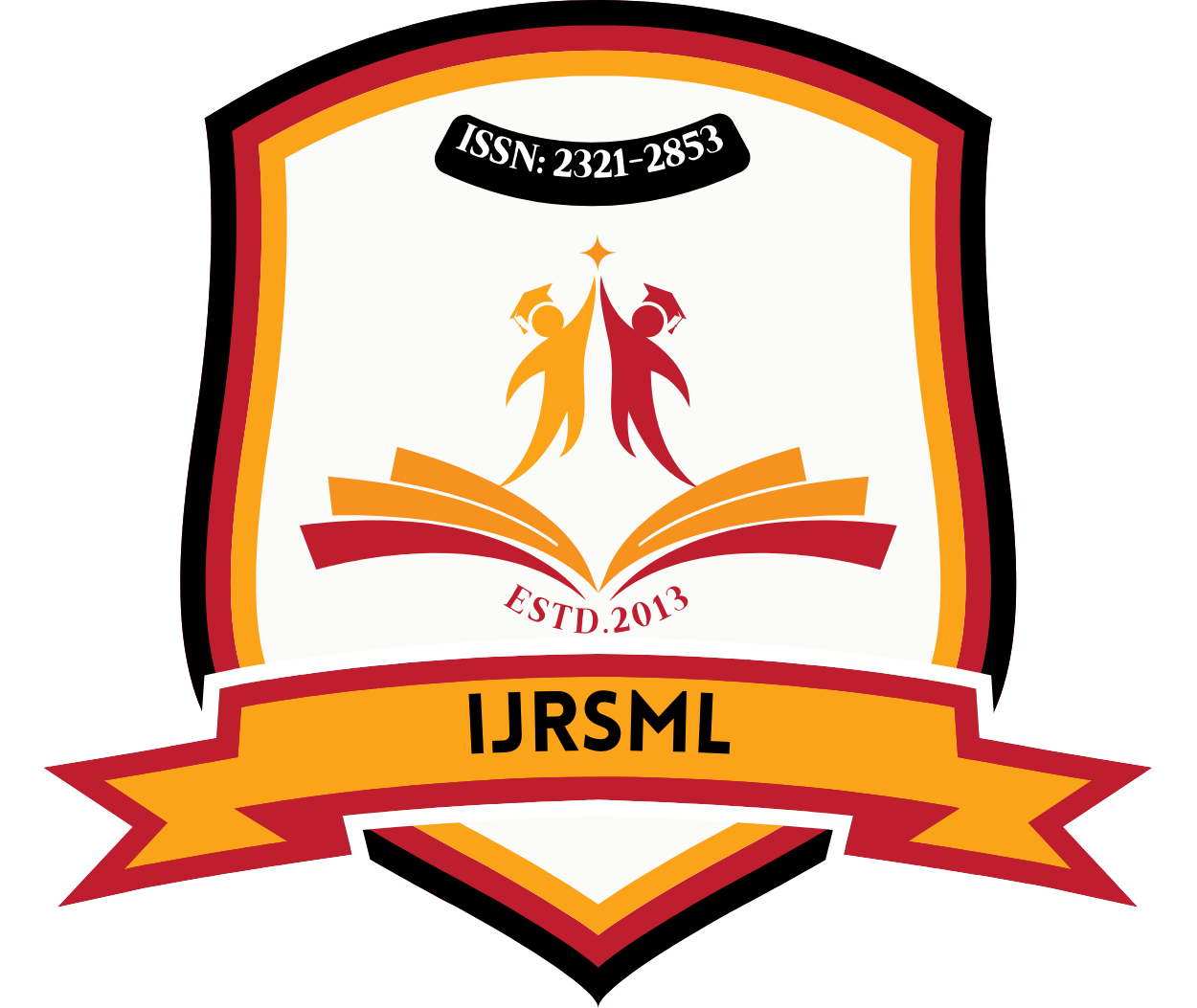![]()
Published Paper PDF: Download PDF
DOI: https://doi.org/10.63345/ijrsml.v13.i9.5
Certificate: View Certificate
Prof. (Dr) Sangeet Vashishtha
IIMT University
Ganga Nagar, Meerut, Uttar Pradesh 250001 India
Abstract
Digital literacy—the ability to locate, evaluate, and effectively use information through digital technologies—is increasingly vital for pharmacists to deliver safe, evidence‐based care. However, rural pharmacists in India often face unique language‐based barriers to accessing digital resources, including limited availability of content in regional languages, inadequate digital interfaces, and inconsistent translation quality. This mixed‐methods study assesses the digital literacy levels of 250 rural pharmacists across three Hindi‐belt states (Uttar Pradesh, Bihar, and Jharkhand) and explores how language influences their access to online drug information, clinical guidelines, and continuing‐education modules. Quantitative data were collected using the standardized Digital Health Literacy Instrument (DHLI), while qualitative insights emerged from semi‐structured interviews probing language preferences, challenges, and coping strategies. Findings indicate a moderate overall digital literacy (mean DHLI score = 3.2/5) but reveal significant disparities: pharmacists whose primary language is Hindi or Bhojpuri scored notably lower on “information navigation” and “evaluating reliability” subscales compared to their English‐proficient counterparts (p < .01). The data further show that only 54% of participants had reliable daily internet access, compounding the effects of language-related usability issues. Qualitative themes underscore pervasive frustration with English‐only platforms—many pharmacists described medical databases as “inaccessible” due to technical jargon—and pointed to frequent mistranslations of drug monographs that could jeopardize patient safety. Participants also reported reliance on informal peer networks, such as WhatsApp groups and visits to urban colleagues, to bridge knowledge gaps, highlighting an emergent grassroots support system. Based on these findings, we propose a comprehensive framework for developing multilingual digital health platforms, incorporating accurate terminology translation, user‑centered interface design, and integrated language‐switching features. Additionally, we recommend targeted, language‐appropriate training programs that combine digital skills workshops with pharmacy‑specific content delivered in regional languages. By addressing both infrastructural and linguistic barriers, our study outlines actionable strategies to empower rural pharmacists, enhance medication safety, promote evidence-based practice, and ultimately support broader public health outcomes in resource-constrained settings.
Keywords
Digital literacy; rural pharmacists; India; language barriers; health information access; mixed‐methods.
References
- https://www.researchgate.net/publication/327252152/figure/fig1/AS:664291338375168@1535390805328/The-dimensions-of-digital-literacy.png
- https://www.researchgate.net/publication/322703687/figure/fig2/AS:11431281429116252@1746697446048/Flowchart-of-identifying-problems-and-pharmacist-interventions.tif
- Bergmo, T. S., et al. (2018). Digital health literacy and medication management: A systematic review. Journal of Medical Internet Research, 20(2), e52.
- Braun, V., & Clarke, V. (2006). Using thematic analysis in psychology. Qualitative Research in Psychology, 3(2), 77–101.
- Chaudhary, S., Gupta, R., & Narayan, A. (2022). Language barriers in Indian e‑health initiatives. International Journal of Health Informatics, 14(1), 45–57.
- Chen, P., & Liu, X. (2020). User experience of translated health information: A usability study. Health Communication, 35(9), 1148–1155.
- Creswell, J. W., & Plano Clark, V. L. (2017). Designing and conducting mixed methods research (3rd ed.). Sage.
- Dasgupta, S., & Mukherjee, P. (2023). Translation quality in Indian health apps: Challenges and solutions. Digital Health Review, 9(3), 210–223.
- Garcia, M., et al. (2021). Digital literacy among pharmacy students: A cross‐sectional study. Pharmacy Education, 21(2), 631–640.
- Government of India. (2021). Rural Health Statistics. Ministry of Health and Family Welfare.
- Kumar, A., & Verma, S. (2022). Digital divide in rural health care: Evidence from India. Rural and Remote Health, 22(1), 7261.
- Lee, Y., et al. (2022). Digital competency of urban pharmacists: A nationwide survey. Pharmacy Practice, 20(1), 226.
- Lopez‐Fernandez, O., et al. (2020). Assessing pharmacists’ e‑health literacy in city hospitals. BMC Medical Informatics and Decision Making, 20, 264.
- National Health Profile. (2023). Access to Digital Health Technologies. Central Bureau of Health Intelligence.
- Patel, J., Sharma, K., & Mehta, R. (2024). E‑learning adoption among Indian pharmacists: Barriers and facilitators. Education for Health, 37(1), 8–15.
- Rao, V., Singh, P., & Roy, S. (2023). Internet connectivity and rural healthcare: A mixed‐methods study. International Journal of Telemedicine, 15(4), 180–192.
- Sharma, L., & Singh, R. (2020). Role of community pharmacists in rural India. Indian Journal of Pharmacy Practice, 13(3), 111–117.
- Smith, D., & Jones, A. (2023). The evolving role of digital tools in pharmacy practice. Pharmacy Times, 89(4), 34–40.
- (2019). Global report on digital language inclusion. UNESCO Publishing.
